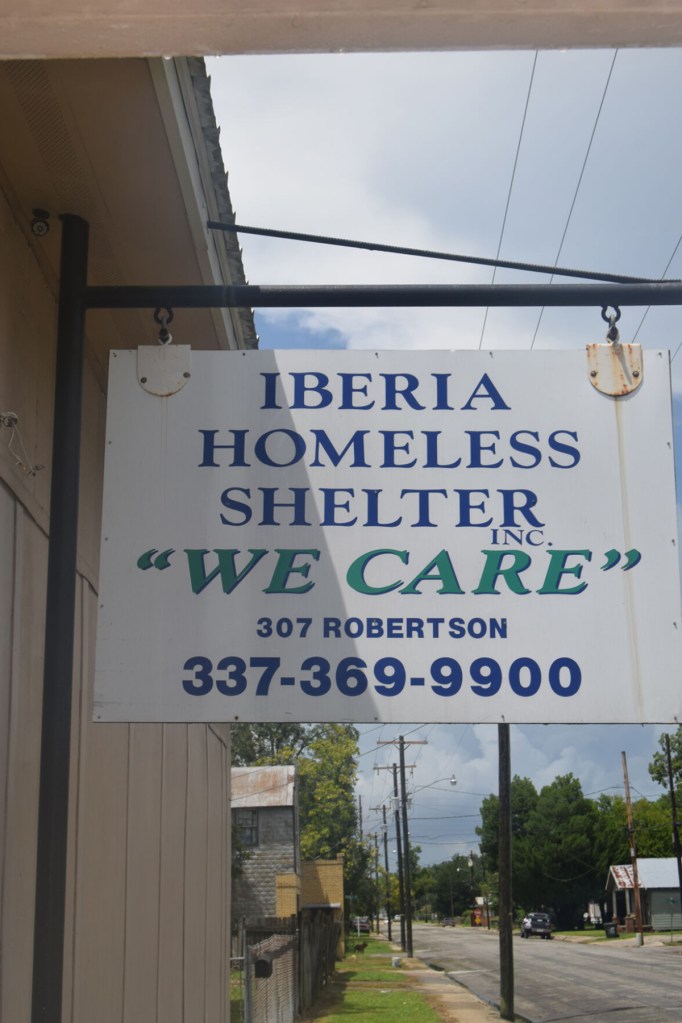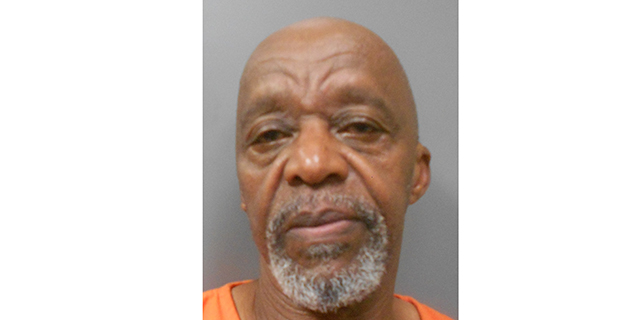Point-in-time survey to help identify number of homeless people in parish
Published 4:00 am Friday, February 18, 2022

- The Iberia Homeless Shelter will be engaging in a point in time count next week to determine the number of homeless in the area.
The Iberia Homeless Shelter will be conducting its point-in-time survey, and is asking for the public’s help in identifying local homeless people.
The count will take place Tuesday and will account for how many homeless people were present in the parish on Monday.
A point-in-time count is a count that takes place within the span of a single day of people experiencing homelessness within sheltered and unsheltered populations.
The Acadiana Coalition on Homelessness and Housing handles the effort throughout Acadiana, with the Iberia Homeless Shelter taking the lead in Iberia Parish.
The count is used by the U.S. Department of Housing and Urban Development in distributing assistance grants to shelters and non-profit organizations across the country that deal with aiding the homeless.
The Iberia Homeless Shelter takes responsibility for conducting counts annually in order to gauge the amount of homeless happening in Iberia Parish.
Director of the shelter Steven Etienne said volunteers are needed for this year’s count.
During the counts, communities are required to identify whether a person is an individual, a member of a family unit or an unaccompanied youth under the age of 18. Whether a person is chronically homeless is usually also a part of the count.
Etienne said the shelter is asking for those who know of someone experiencing homelessness in Iberia Parish to call the shelter at 337-369-9900 in order for them to be counted during the point-in-time survey. Those who call simply have to let the shelter know the location of the person experiencing homelessness.
According to the National Alliance to End Homelessness, point-in-time counts are important because they establish the dimensions of the problem of homelessness and help policymakers and program administrators track progress toward the goal of ending homelessness.
Collecting data on homelessness and tracking progress can inform public opinion, increase public awareness and attract resources that will lead to the eradication of the problem. If homeless youth are not included in local point-in-time counts, their needs could be under-represented as governments, nonprofits and key stakeholders at the federal, state and local level plan to respond to the problem.
HUD uses information from the local point-in-time counts, among other data sources, in the congressionally-mandated Annual Homeless Assessment Report to Congress (AHAR). This report is meant to inform Congress about the number of people experiencing homelessness in the U.S. and the effectiveness of HUD’s programs and policies in decreasing those numbers.
On the local level, point-in-time counts help communities plan services and programs to appropriately address local needs, measure progress in decreasing homelessness, and identify strengths and gaps in a community’s current homelessness assistance system.





